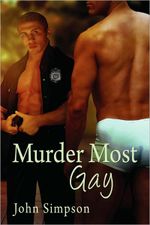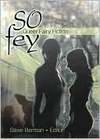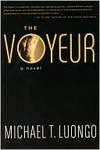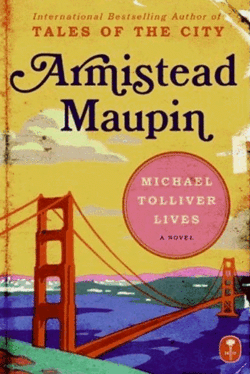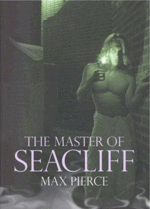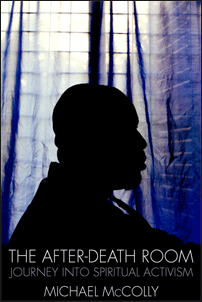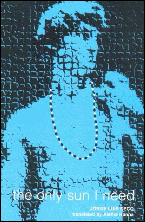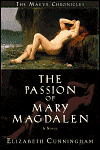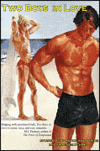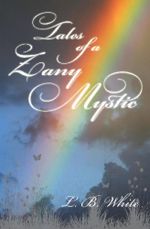 Tales of a Zany Mystic
Tales of a Zany Mystic
by L. B. White
Booksurge, 211 pages, $14.99
ISBN-13978-1419681196
Reviewed by Steven LaVigne
Do you have books on your shelf that practically glow and demand your attention? These books may be a rarity, but I’d like to recommend one for your shelf that not only has a glowing cover, featuring a beautiful picture of a rainbow, but explores a heartbreaking through a personal journey that becomes surprisingly uplifting! L. B. White, also known as the Zany Mystic, shares moments from his bumpy life in his autobiographical document, Tales of a Zany Mystic.
While White’s experiences may not be as outrageous as those which Augusten Burroughs relates in his books, there are similarities. Born of alcoholic, bisexual bohemian parents in southern California, his parents never attempted to have typical lives, with a house and a picket fence. White’s mother was more Neely O’Hara than Harriet Nelson. Still, like the children of many dysfunctional parents, he found a level of normalcy with his grandparents, who shared a ranch near his hometown.
Over the years, White tries to lead the life of a “normal” person, marrying, working for a living and attempting a positive relationship with his father. This was clearly not in the stars for White. He found himself continually sinking into the world of the addict, the high points of which included dealing. Treatment programs and bouts in jail worked for a while, but before long, White was back at his old habits.
A few years ago, I reviewed Ron Nyswaner’s memoir Blue Days, Black Nights in these pages. In that volume, Nyswaner took us to the dark side, but his tome was nowhere near the whimsical, refreshing trek that White takes us on. He shares his journey with a marvelous blend of humor, spirit and authority, as he straightens himself out. and takes control of his cosmic consciousness. Taking a Kundalini approach to his relationship with higher power, White now shares his advice as the Zany Mystic with a blogspot and a weekly radio Fireside Chat.
Uplifting, readable and inspirational, Tales of a Zany Mystic deserves a place on that shelf of glowing books!
